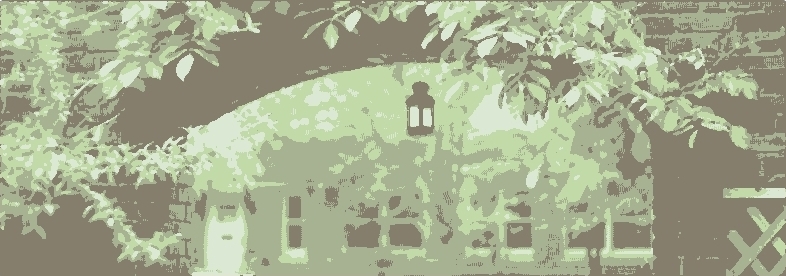 Our giant tree in the backyard that lost a few branches in the past spring, luckily causing no injury, has to come down. It is a Norway Maple, a member of the Sapindaceae family.
Our giant tree in the backyard that lost a few branches in the past spring, luckily causing no injury, has to come down. It is a Norway Maple, a member of the Sapindaceae family.
Norway Maple has been widely placed into cultivation in many areas. In North America, it is planted as a street and shade tree as far north as Anchorage, Alaska, having been first introduced from Europe in the 18th century. During the 1950s-60s, it became popular as a street tree due to the large-scale loss of American Elms from Dutch Elm Disease. It is favored due to its tall trunk and tolerance of poor, compacted soils and urban pollution.
The roots of Norway maples grow very close to the ground surface, starving other plants of moisture. As a result of these and other characteristics, it is banned in some states like New Hampshire and Massachusetts. The State of New York has classified it as an invasive plant species.
Under ideal conditions in its native range, Norway Maple may live up to 250 years, but often has a much shorter life expectancy, in North America sometimes only 60 years. Especially when used on streets, it can have insufficient space for its root network and is prone to the roots wrapping around themselves.
The Norway maple is threatened in a few areas by the Asian long-horned beetle, which eats through the trunks, often killing the trees.
A number of species of Lepidoptera feed on Norway maple foliage. Norway maple is generally free of serious diseases, though can be attacked by the powdery mildew Uncinula bicornis, and verticillium wilt disease caused by Verticillium spp.
For more info about our tree removal:
fisketerracetrumpet.blogspot.com/

No comments:
Post a Comment
leave a comment here